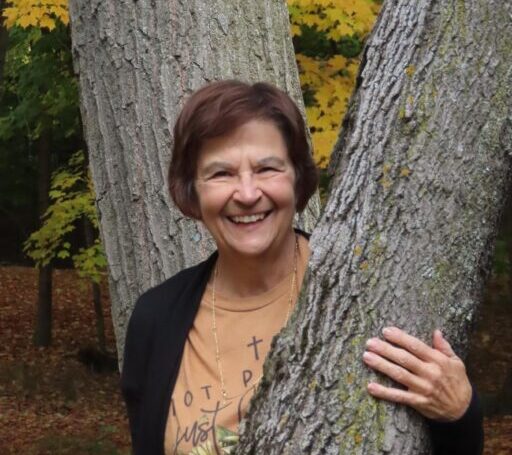Some of you have read my recent published book, Bound by Secrecy. Those that have, know it was set in the Sandhills of Nebraska. The sequel, which I am working on, is also set in the Sandhills – this time revolving more around the small town of Hooper and less on the Reever’s ranch.
The Sandhills are a unique ground formation. They compose the largest sand dunes in the Western Hemisphere. The Sandhills cover more than 20% of Nebraska. If you’ve never been there, you might picture in your mind hill after hill of white sand. But, although the ground below is sand, this sand is held in place and stabilized by a thick vegetation of grasses. Of the 720 different species of plants found in this region, 670 of them are native. (This gives me a whole new appreciation for those 4-H and FFA kids that study, know, and have judging contests on these hundreds of plant species.)
These luscious grasses make the Sandhills prime country for raising beef cattle. Nebraska is second, only to Texas, in the number of beef cattle that roam their states. There are over three times as many cattle in Nebraska as people. That figures to around 1.88 million head of beef cows and 20,000 beef cow operations in the state. Nebraska is the only state that is a national leader in every aspect of beef production, from cow/calf operations, corn growing, cattle feeding and then processing. A wide variety of products come from the processed cow. It’s not just meat, but leather, fishing line, biodegradable outboard motor oil, pet chew toys, and yes…even gummy candies.
Growing up on a ranch in the Sandhills, I didn’t give most of these facts and statistics a thought. I left the cattle business to Dad. What I was absorbed with were the wide open spaces where I could ride my horse. Ginger and I traveled up and over hills, in and out of plum thickets, and back and forth through river bottoms. We snuck up on imaginary Indians and conquered battles no one else could. There were also those days when I didn’t need to pretend – when Dad needed real help to round up real cattle for branding or moving to other pastures. It was a life I wish everyone had the chance of experiencing.
I can read all of these statistics today and realize I grew up in a very special place. But, I knew that before I read the facts.
Keep on readin’ and I’ll keep on writin.’
